Archives
- 2025-12
- 2025-11
- 2025-10
- 2025-09
- 2025-03
- 2025-02
- 2025-01
- 2024-12
- 2024-11
- 2024-10
- 2024-09
- 2024-08
- 2024-07
- 2024-06
- 2024-05
- 2024-04
- 2024-03
- 2024-02
- 2024-01
- 2023-12
- 2023-11
- 2023-10
- 2023-09
- 2023-08
- 2023-07
- 2023-06
- 2023-05
- 2023-04
- 2023-03
- 2023-02
- 2023-01
- 2022-12
- 2022-11
- 2022-10
- 2022-09
- 2022-08
- 2022-07
- 2022-06
- 2022-05
- 2022-04
- 2022-03
- 2022-02
- 2022-01
- 2021-12
- 2021-11
- 2021-10
- 2021-09
- 2021-08
- 2021-07
- 2021-06
- 2021-05
- 2021-04
- 2021-03
- 2021-02
- 2021-01
- 2020-12
- 2020-11
- 2020-10
- 2020-09
- 2020-08
- 2020-07
- 2020-06
- 2020-05
- 2020-04
- 2020-03
- 2020-02
- 2020-01
- 2019-12
- 2019-11
- 2019-10
- 2019-09
- 2019-08
- 2019-07
- 2019-06
- 2019-05
- 2019-04
- 2018-11
- 2018-10
- 2018-07
-
br Enzyme catalysis A biochemically spontaneous
2021-05-19
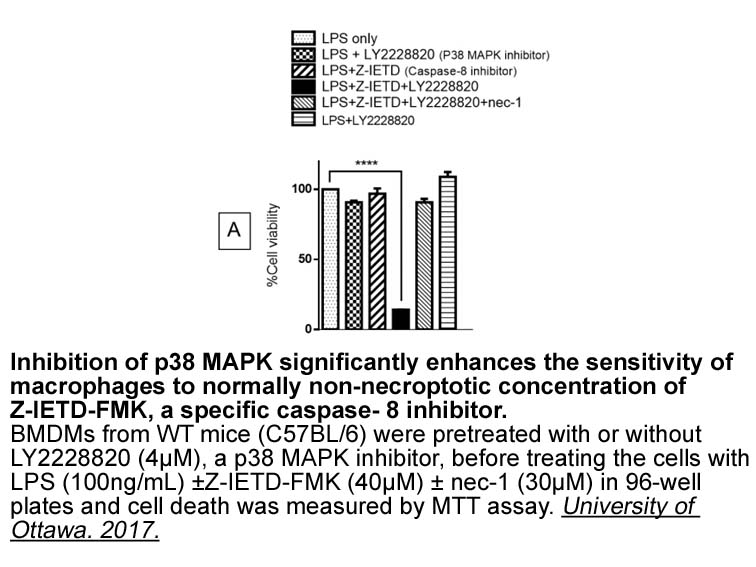
Enzyme catalysis A biochemically spontaneous process proceeds in a direction where free interleukin 2 receptor of the system decreases. However, every spontaneous or energetically favorable reaction needs to overcome an energy barrier known as the activation energy barrier because of the formati
-
Abdominal aortic aneurysm AAA is considered a
2021-05-19
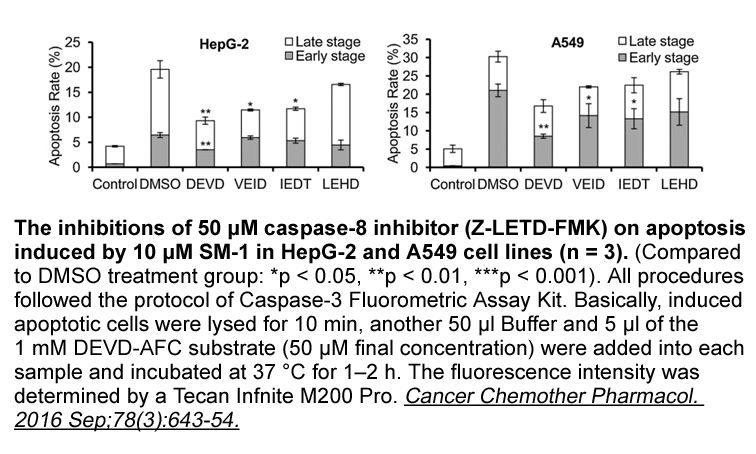
Abdominal aortic aneurysm (AAA) is considered a major health concern and is associated with extremely high rates of mortality in case of aortic rupture. The main pathophysiologic mechanisms leading to aortic dilation include the degradation of the extracellular matrix (ECM) components, such as colla
-
Expression of both CH H and CYP B by
2021-05-19

Expression of both CH25H and CYP7B1 by lymphoid stromal Terbinafine mg is required for the synthesis of 7α,25-OHC in lymphoid tissues and the correct positioning of B cells. Production of EBI2 ligand by hematopoietically derived cells appears limited [24] but may occur under some circumstances, giv
-
The murine subfamily members including and have been identif
2021-05-19
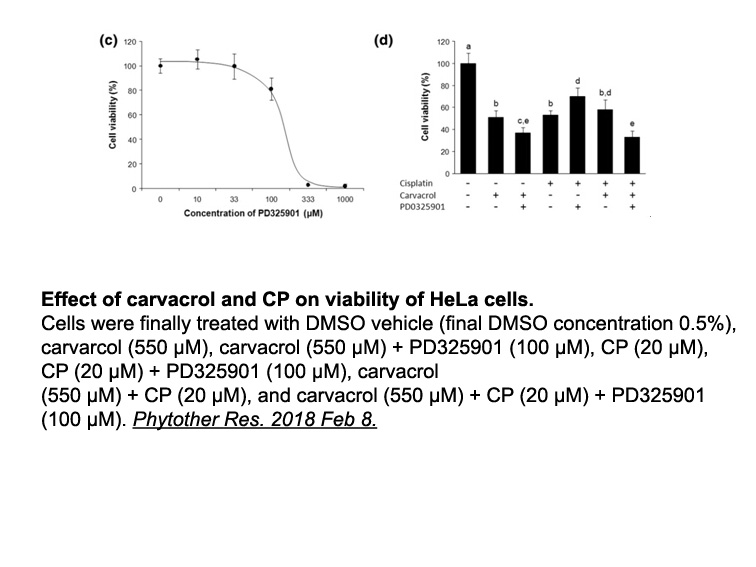
The murine subfamily members including , , , and have been identified and their encoded proteins showed deubiquitinating enzymatic activity , , , . It has been demonstrated that is an immediate-early gene induced by IL-3 in B-lymphocytes and is an IL-2 specific immediate-early gene in T-lymphoc
-
br Introduction The identification of genetic variants
2021-05-19
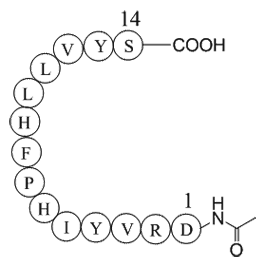
Introduction The identification of genetic variants that influence susceptibility to Parkinson's disease (PD) determines functional studies, the generation of model systems and directs therapeutic strategies. To date, classical candidate gene association studies and genome-wide approaches have fa
-
Over the past decade targeting DNA repair proteins has emerg
2021-05-19
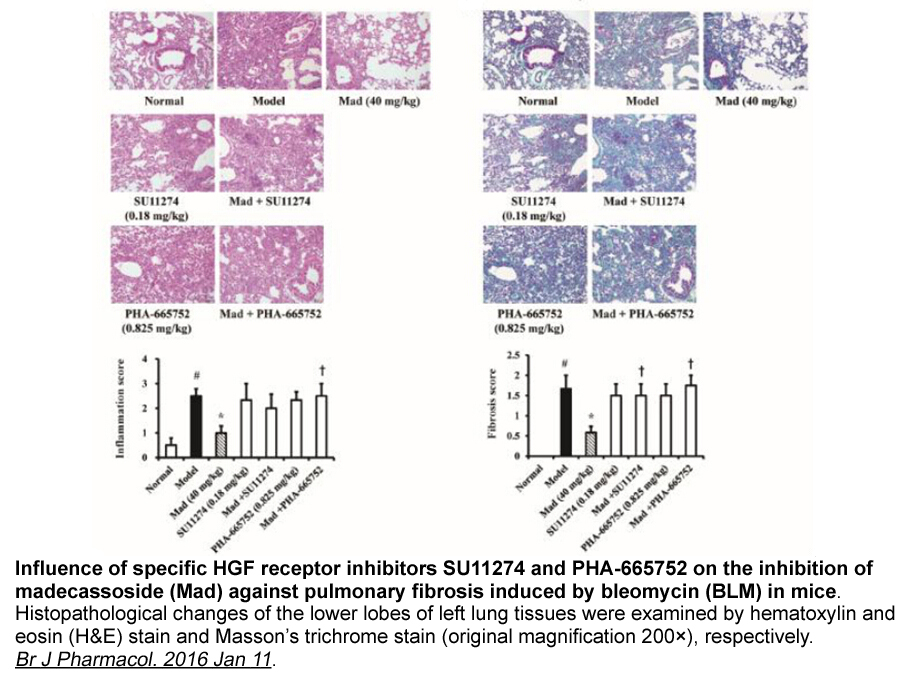
Over the past decade, targeting DNA repair proteins has emerged as an effective tool to enhance chemosensitivity of malignant cells [9]. However, identification and selection of the proper target of DNA repair pathways is critical to increase cytotoxic activity of chemotherapeutic agents in cancer c
-
br Experimental Procedures DNA synthesis reagents were purch
2021-05-18
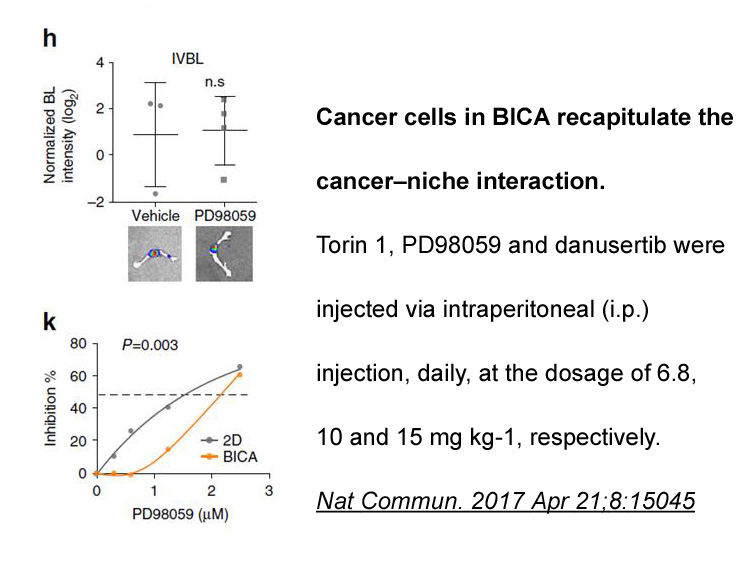
Experimental Procedures DNA synthesis reagents were purchased from Glen Research (Sterling, VA). A solution of 0.1 M triethylamine acetate (TEAA) (pH 6.5) was used as HPLC buffer A, and HPLC-grade acetonitrile from Oceanpak (Sweden) was used as HPLC buffer B. All other chemicals were obtained fro
-
ctab medical abbreviation br Materials and methods br Result
2021-05-18

Materials and methods Results In the leaves of the studied varieties, one to three nucleoli per nucleus were observed (Fig. 1a), except for the variety Bastardo were a maximum of two nucleoli per nucleus were detected. In the root-tip cells, most of the varieties presented one to three nucleo
-
The current study provides evidence for a
2021-05-18
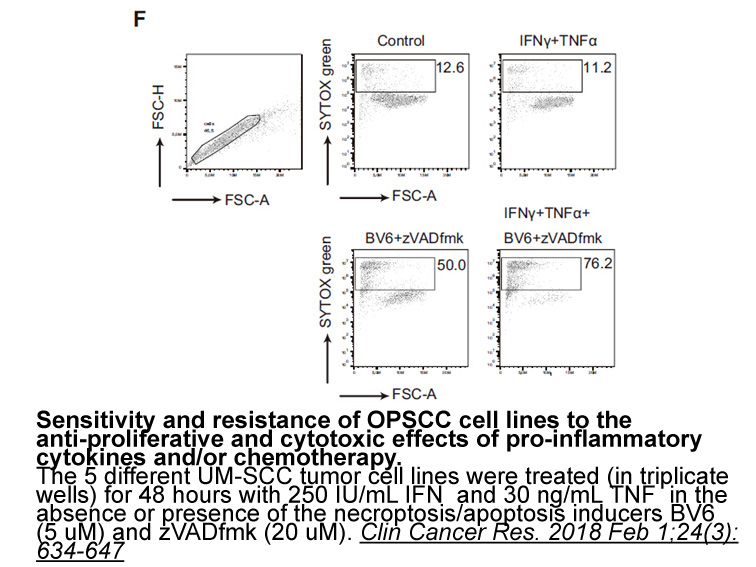
The current study provides evidence for a previously unknown role for DHODH as a growth/survival factor in KRAS mutant tumors. While many aspects of the link between DHODH inhibition and survival of KRAS mutant cells remain to be established, de novo pyrimidine biosynthesis appears to be a crucial p
-
In addition we investigated if the
2021-05-18
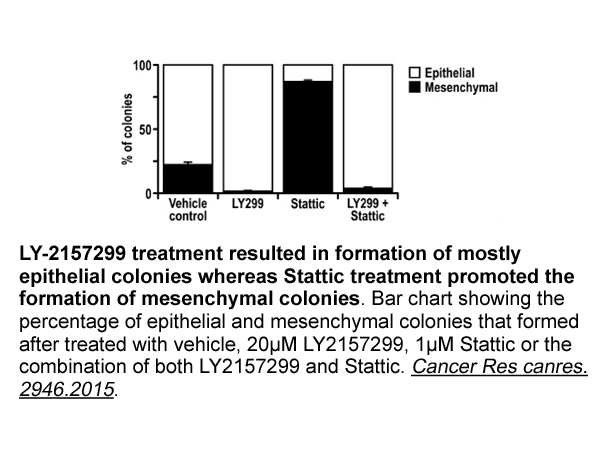
In addition, we investigated if the previously reported papain inhibitor can inhibit rhodesain, and found that it was not active at inhibiting rhodesain. The vinyl sulfone analogue of () was then synthesized and tested, and it was also inactive towards rhodesain. We then determined the time depend
-
DDI is one of the
2021-05-18

DDI is one of the main problems with serious clinical consequences in clinical settings. Several reports have highlighted the role of modulation of drug-metabolizing enzymes, especially CYP450 s, as a major mechanism involved in clinical DDIs [3,4,7]. The present study aimed to investigate the effec
-
This study evaluated the role of SERT in
2021-05-18
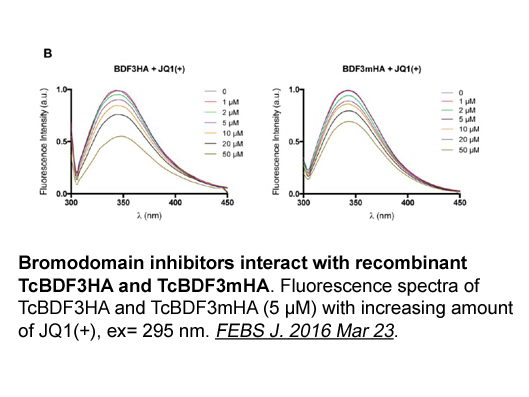
This study evaluated the role of SERT in classical fear conditioning using a SERT knockout rat model. We found a clear disruption of cue-conditioned fear in SERT−/− rats, as measured with the fear-potentiated startle. This disruption was due to a deficit in fear acquisition and was accompanied by de
-
br Using the same sort of methods
2021-05-18
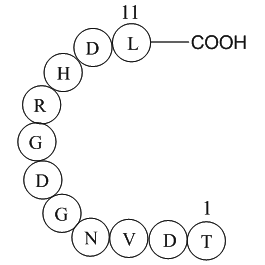
Using the same sort of methods, we can also address the proof of Theorem 1.2. The first part of the proof is made much easier if we use the “sieving” construction. Concretely, given a CMV operator , let denote the CMV operator with This induces a simple change in the spectrum; namely, if denotes
-
Dorsomorphin RNA seq results also support the similarity bet
2021-05-18
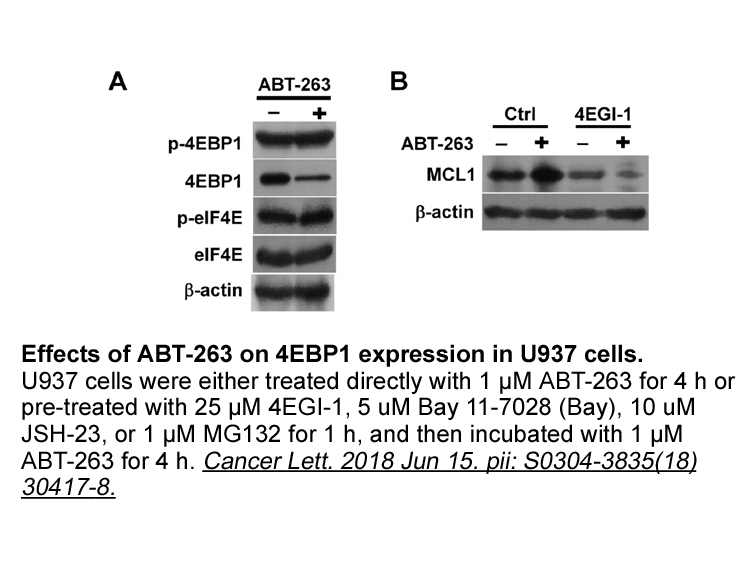
RNA-seq results also support the similarity between ESC- and YS-derived B-1 progenitors. Bmi1 expression, known as an important gene for self-renewal ability in stem cells, was reduced in ESC-derived B cells compared with YS-derived B cells, and Bmi1 overexpression improved the engraftment of ESC-de
-
Recent studies have shown that the extracellular regulated
2021-05-18
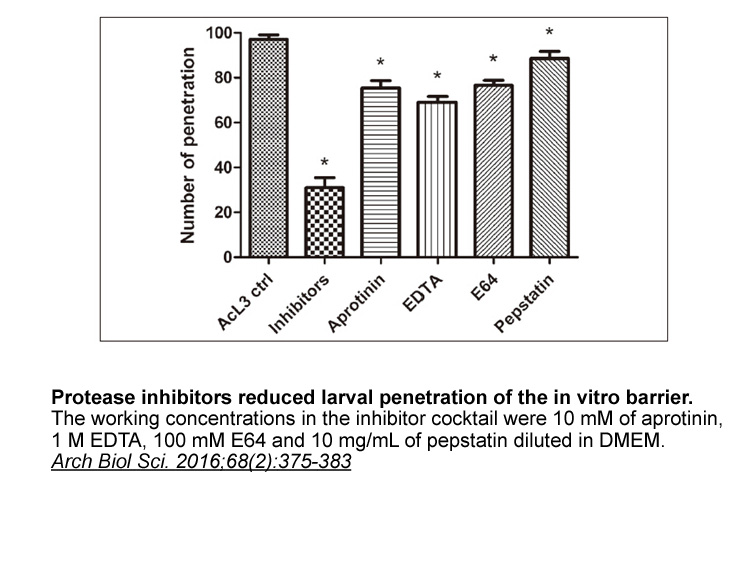
Recent studies have shown that the extracellular regulated protein kinase 1 and 2 (ERK1 and ERK2), commonly referred to collectively as ERK 1/2, are members of the mitogen-activated protein kinase (MAPK) family. This family of kinases transport signals from the surface of the cell to the nucleus, th
16586 records 682/1106 page Previous Next First page 上5页 681682683684685 下5页 Last page